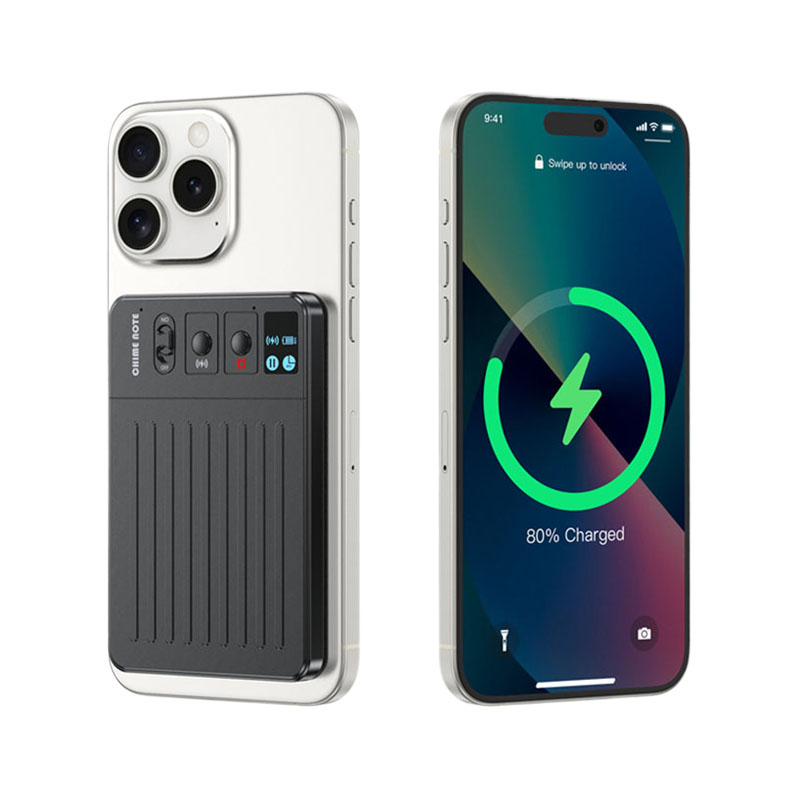How is the privacy guard cover's anti-peeping angle range achieved through optical design?
Release Time : 2025-10-30
The privacy guard cover's wide range of privacy protection angles is achieved through sophisticated optical design, the core of which lies in directional control of the light propagation path. This design is inspired by everyday Venetian blinds—when closed, they completely block the view from the side, while leaving the front view clear and transparent. The privacy guard cover miniaturizes this principle to an optical scale. By embedding ultra-fine "optical blinds" within the film, the screen's light is transmitted only within a specific angle range. Light outside this range is absorbed or reflected by the structure, thus forming a physical boundary of the viewing angle.
The key to its optical design lies in the arrangement of its "grating structure." These gratings are composed of alternating transparent and opaque materials, forming a periodic array of slits. When incident perpendicularly, light passes through the slits unimpeded. As the angle of incidence increases, the light is gradually blocked by the edges of the gratings, and the intensity of the transmitted light decreases. This process is similar to the control of the pitch angle of Venetian blinds—the steeper the blades, the greater the range of protection. By adjusting the spacing, width, and density of the gratings, the privacy guard cover precisely controls the direction of light scattering, narrowing the screen's viewing angle to 30 degrees to the left and right, or even narrower. This ensures that only users facing the screen receive clear light, while bystanders, due to insufficient light intensity, see only a blurry or dark image.
To achieve even finer angle control, some privacy guard covers employ a multi-layer composite grating design. For example, multiple grating layers with different orientations are superimposed on the base film surface, each layer shielding light at a specific angle. When light passes through the first grating layer, some lateral light is filtered out; the remaining light enters the second grating layer, where it is further confined to a narrower range. This superposition effect resembles a series of "light filters," progressively narrowing the viewing angle through multiple layers of screening. Furthermore, some high-end products incorporate refractive index matching layers between the grating layers to reduce reflection losses during interlayer transmission, improving frontal light transmittance while maintaining privacy protection.
Material selection is crucial to the success of optical design. Privacy guard covers typically use polyester (PET) as the base film, which offers high transparency and stable mechanical properties, supporting the fabrication of micro-grating structures. The grating layer may employ nanoscale etching processes or optical coating techniques to create precise microstructures on the film surface. For example, periodic grooves can be engraved on the PET surface using laser direct writing technology, or a metal/dielectric thin film can be deposited using evaporation to form the grating. These processes require precise control of the structural dimensions at the micrometer or even nanometer level to ensure accurate light control—if the grating spacing is too large, the privacy angle will widen; if it is too small, it may lead to decreased front light transmittance or interference phenomena such as rainbow patterns.
The stability of the privacy angle also needs to consider the influence of ambient light. In strong light environments, reflected light from the screen may interfere with the privacy effect, resulting in increased side visibility. To address this, some privacy guard covers integrate an anti-reflective (AR) coating. By forming a nanoscale uneven structure on the film surface, ambient light undergoes diffuse reflection rather than specular reflection, thereby reducing the interference of screen reflections on the privacy angle. Meanwhile, the application of an anti-fingerprint coating reduces light scattering caused by oil stains, ensuring the durability of the privacy protection performance.
In practical applications, the privacy guard cover's privacy angle range needs to balance privacy and user experience. If the angle is too narrow (e.g., 15 degrees to the left and right), while it enhances the privacy effect, it may restrict the user's natural viewing angle; if the angle is too wide (e.g., 45 degrees to the left and right), the privacy protection effect is weakened. Therefore, most products set the privacy angle at around 30 degrees to the left and right, which meets the privacy needs in public places without excessively sacrificing ease of use. In addition, some products support dynamic adjustment of the privacy angle, using electrochromic or mechanical structures to adjust the grating arrangement, achieving switching between "privacy mode" and "sharing mode."
From privacy screens in bank ATMs to privacy films for mobile phones and tablets, the optical design of privacy guard covers has permeated many aspects of daily life. Its core logic always revolves around "directional light propagation"—through precise control of light via microstructures, it protects privacy while allowing users to retain absolute control over the screen content. This design not only embodies the deep integration of optical engineering and materials science, but also reflects people's redefinition of privacy boundaries in the digital age: privacy should not be closed isolation, but rather controllable sharing.







